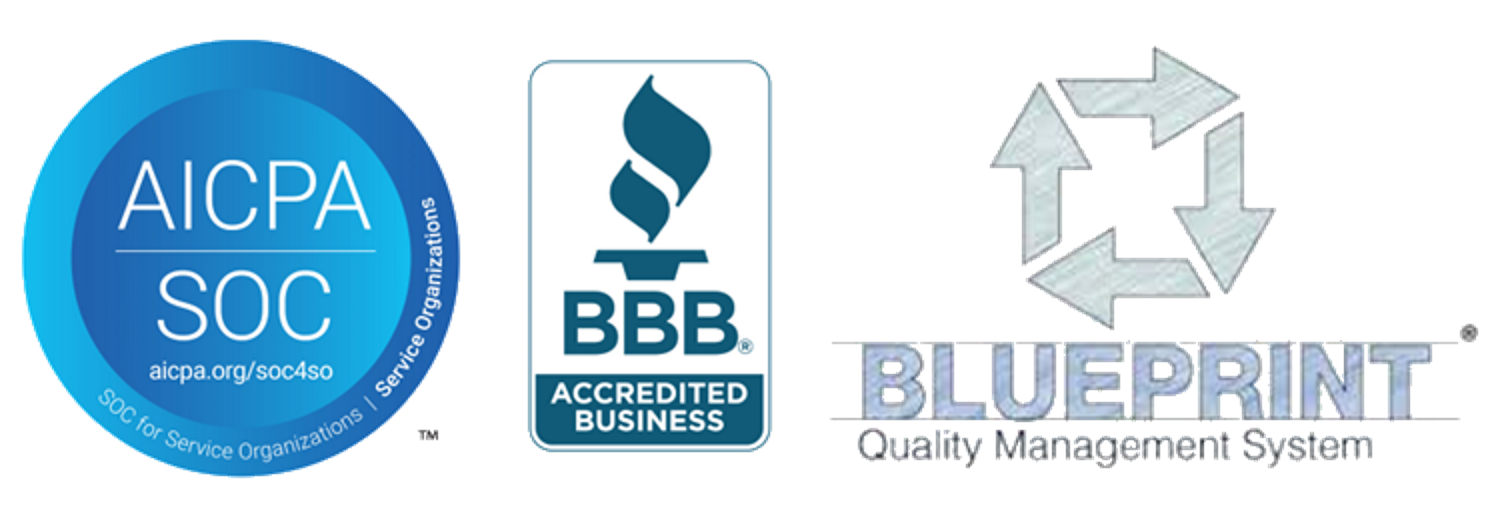In the world of health care, patient experience has become blurred with the need to increase revenue. Patient experience and patient satisfaction are terms that are bantered about freely in the industry, but how exactly can you improve a patient’s experience with your organization? We have the answers for you. First, let’s take a look at what patient experience actually means. The term ‘patient experience’ has actually been defined in great detail by the Agency for Healthcare Research and Quality (AHRQ).
Patient experience encompasses the range of interactions that patients have with the health care system, including their care from health plans, and from doctors, nurses, and staff in hospitals, physician practices, and other health care facilities. As an integral component of health care quality, patient experience includes several aspects of health care delivery that patients value highly when they seek and receive care, such as getting timely appointments, easy access to information, and good communication with health care providers.
5 Solutions to Promote a Better Patient Experience
1. Implement Digital Billing and Payment Methods
Some people want to be able to view and pay their bill when they want from wherever they want. To achieve this, you will need to implement self-service technology. Smartphone apps, online bill pay, and ways to compare various hospitals and their services have all become mandatory in improving the patient experience. Without a doubt, technology must be implemented to coincide with the revenue cycle and give patients the ability to easily understand and pay their bills.
2. Encourage Collaboration Between Patients and Staff
A great way to improve patient experience is to make sure your staff has the ability to educate the patient on their payment options and estimate costs for each service provided early on. This helps eliminate many of the unexpected surprises on a bill that can come after care is received. We have often found staff training in customer service and communication skills tends to be overlooked. This is unfortunate as it is extremely vital your staff has a strong foundation in those areas, in order to allow them to clearly and respectfully forge a connection with your patients. We suggest creating a comprehensive staff training program to cover these skills, or are happy to lend a hand by delivering one of our staff training classes.
3. Continuous Patient Engagement and Communication
Patients don’t want to be left in the dark at any point of their time spent in contact with hospital staff. Continuous engagement and communication, even after care has been received, is a huge factor in improving patient experience. Imagine receiving your medical bill from a hospital stay, not knowing how you will pay the balance or even how to interpret the various charges on the statement. You try to contact someone in billing to help you decipher the bill, but get nowhere or wind up more confused than before.
Does this sound like a good patient experience?
Staying in communication with a patient goes beyond helping them understand their bill, it shows them that you care about them and their needs even after they walk out of the door. This may sound like a large order to fill, but it is completely possible to achieve this level of service. Having a plan for consistent, continuous engagement across the revenue cycle will limit patient confusion and increase the likelihood patients are receiving your messaging.
4. Review and Update Processes Regularly
It is important to review your processes to ensure everything is working smoothly and that potential problems aren’t being overlooked. Although not everything can always be reviewed on a day-to-day basis, you can make it easier to address issues that come to light with cross-departmental task forces or an external consultant to help optimize revenue cycle management. This allows you to focus on patients’ needs without worrying about unexpected emergencies on the administrative level. Whether you complete internally or utilize a vendor, you should have a plan in place to measure, meet and adjust on a regular basis.
- Measure – Develop metrics/KPI’s and regularly assess to ensure satisfactory performance
- Meet – Meet with the team(s) involved to address current measurements and potential variables (What’s working? What isn’t?)
- Adjust – Tweak areas where performance is unsatisfactory or where problems arise (continue to fill in gaps as they are discovered to ensure optimized performance)
5. Bring in a Trusted Vendor to Improve Processes
Outsourcing your hospital billing and collections services to a trusted vendor can help ensure that your patients are happy with what could be a potentially frustrating billing process. A vendor like RevCycle has the ability to take on the tasks that hospital staff simply don’t have time for and optimize revenue cycle processes quickly and efficiently.
Outsourcing can make the entire process flow smoothly for everyone involved resulting in the ultimate win-win: your patients have a better experience while receiving your high-quality care and your revenue cycle becomes healthier. Our experts relish the opportunity to share their experience and perspective, and cordially invite you to request a free consultation by filling out the form at the bottom of our website or by emailing info@revcycle.com.
The Importance of Finding Solutions for a Better Patient Experience
An NRC Health Survey states that 32% of people who visit a hospital website say reviews are extremely important in making a decision about their stay. In addition to that estimates place the lifetime value of a patient at approximately $1.4 million. You can see from these numbers that patient experience is vital to the success of a healthcare facility. If revenue cycle improvement and patient retention are your goals then the patient experience must take precedence and strategic solutions must be implemented to form a basis for true change.
Revenue Cycle Management and a Positive Patient Experience
The patient experience and revenue cycle must coexist in harmony if improvements are to be achieved.
Andrew Gwin, Senior Regional Director of Revenue Cycle at Ascension Healthcare, recently stated in an interview, “Moving into the future, we need to focus more intentionally on the patient experience. Historically, patient experience often has not been top of mind. Revenue cycle is keen to focus on the KPIs and collecting the payments, which is important to sustaining our mission. But we also have one of the most important opportunities to have positive interactions with patients. We are the ones who usually interact first with the patient, whether through scheduling or registration, and we generally are the last department in the organization to interact with the patient, through the billing and collections process.”
The revenue cycle officially starts the minute the patient registers or makes an appointment. The process ends when the patient settles their share of the financial responsibility. Hospitals should focus on the patient’s experience to ensure they pay what they owe and have a positive experience while doing so. If you would like to learn more about how to improve your revenue cycle and facilitate positive experiences for your patients, contact us today for more information.




